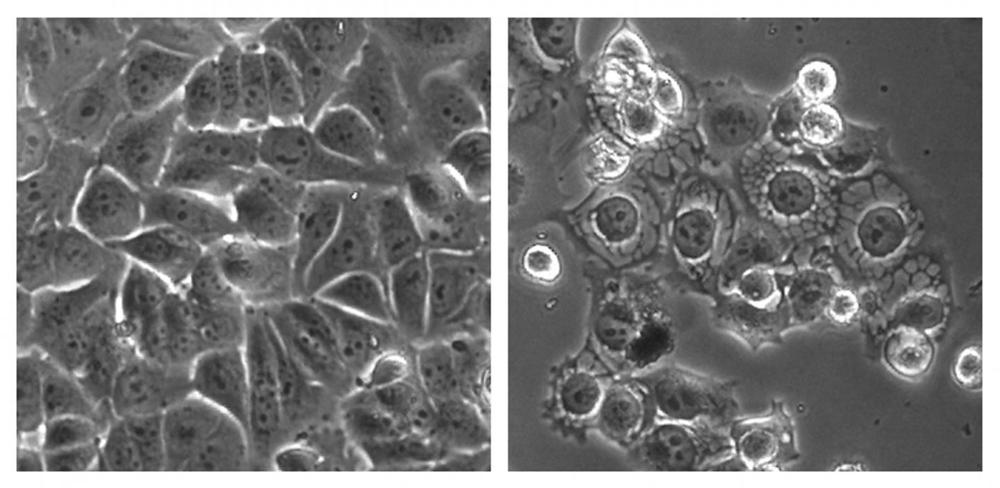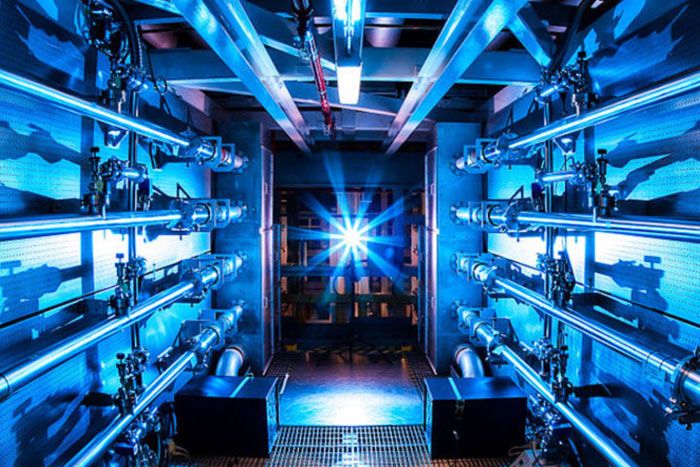Cancer requires extensive and fast division in order to become a serious threat, but this feature also renders it vulnerable, allowing certain growth pathways to be targeted. A new drug candidate has emerged which exploits this weakness, overstimulating proteins required for growth — tipping cellular stress in virulent cancer cells over the edge.
“No prior drug has been previously developed or proposed that actually stimulates an oncogene to promote therapy. Our prototype drug works in multiple types of cancers and encourages us that this could be a more general addition to the cancer drug arsenal.”
Many types of cancer require specific mutations in genes related to growth, and one particular target is the steroid receptor coactivator (SRC) family of oncogenes. These lie at the centre of signalling pathways used to grow rapidly, and conventional research has focused on inhibiting them to prevent tumour growth. Instead of inhibiting, this new strategy aims to upregulate their activity, overstimulating them to an extent that destroys the host cell. In their search for a suitable molecule which might cause such stimulation, researchers stumbled across a compound labeled MCB-613.







 Long time ago I was wondering why not to use drones (
Long time ago I was wondering why not to use drones (







